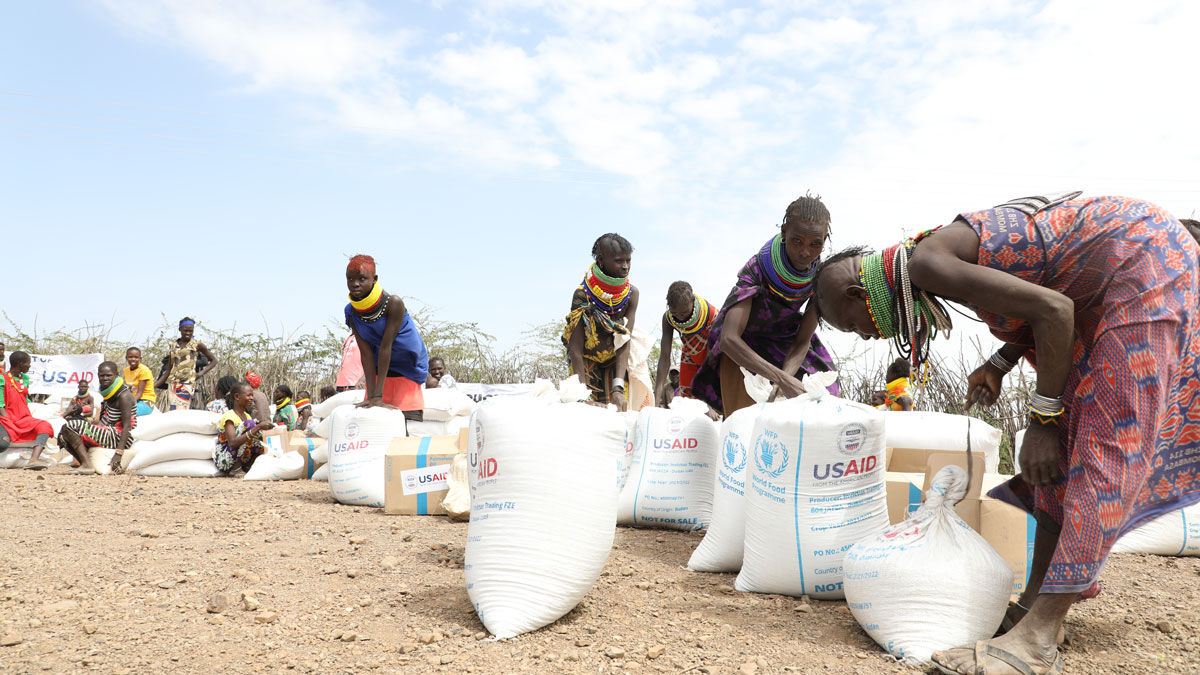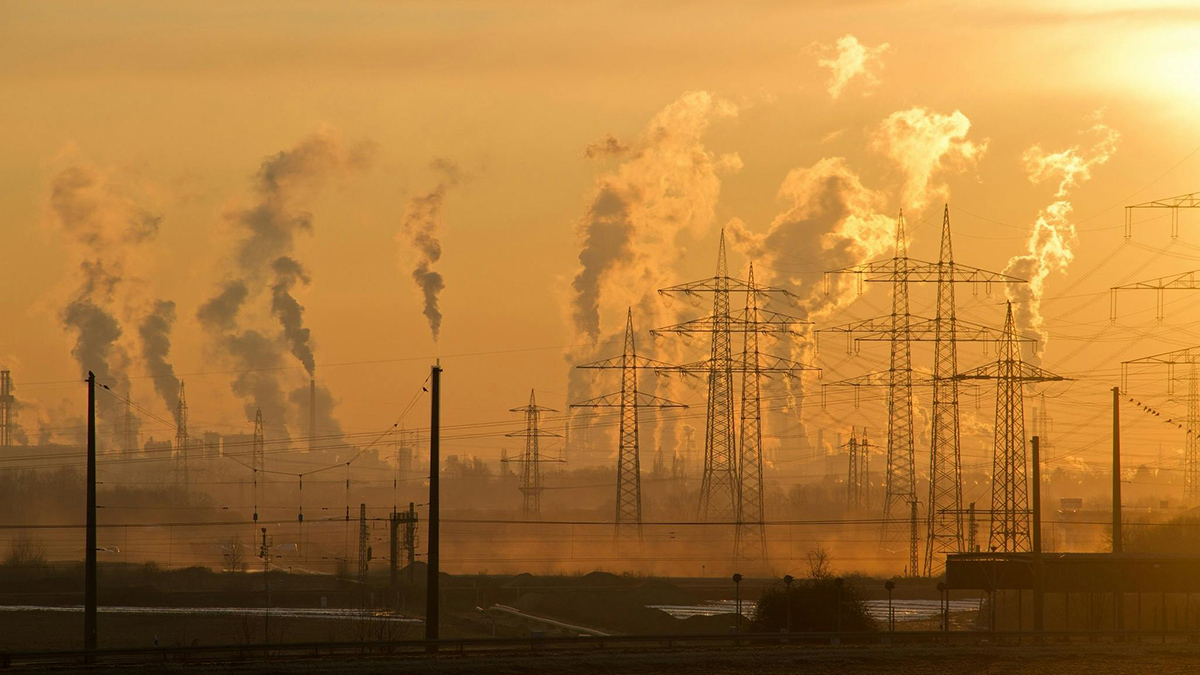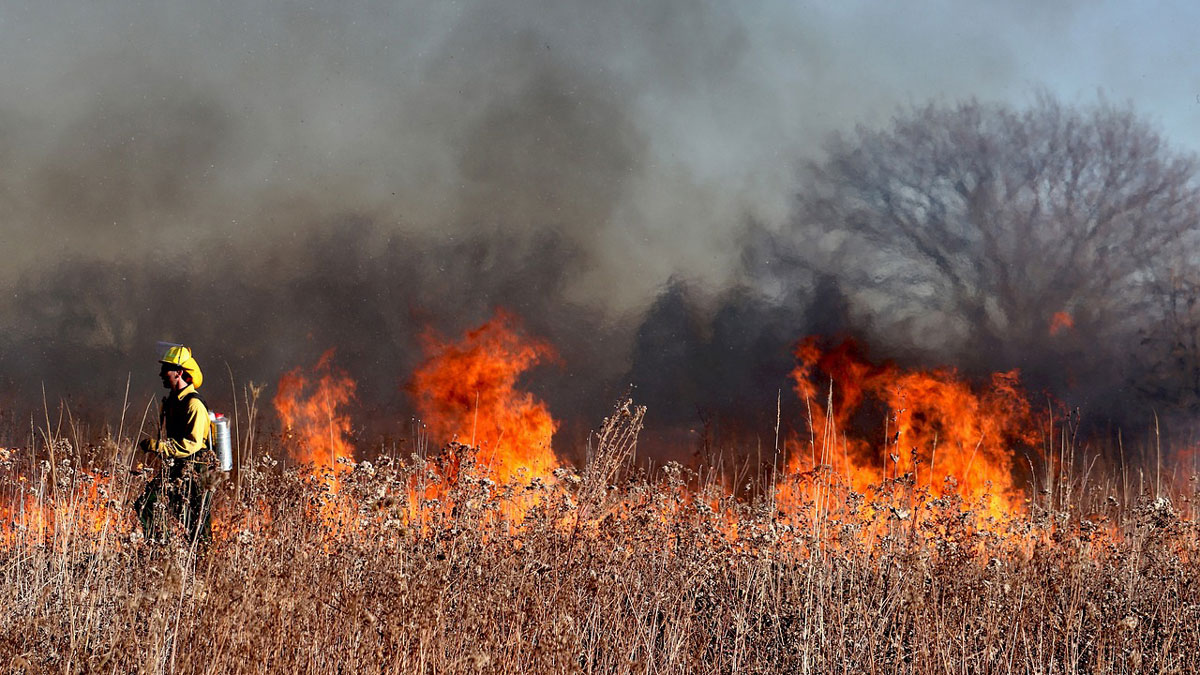A new modeling framework highlights that urban greening is a sustainable solution to achieve environmental co-benefits in mitigating heat and carbon emissions.
Climate Change
Ocean Warming Sets the Stage for Dangerous but Predictable East Africa Droughts
Scientists have uncovered a connection between temperature gradients in the Pacific Ocean and deadly but predictable consecutive dry spells in East Africa.
Ocean Deserts Could Help Capture CO2 and Mitigate Global Warming
Various nutrient sources in the upper waters of oceanic subtropical gyres, which are the Earth’s largest oligotrophic ecosystems, play a crucial role in governing the sequestration of atmospheric CO2.
Atlantic Hurricanes Are Intensifying Faster
Warmer waters and other factors are allowing Atlantic hurricanes to grow stronger faster.
To Meet Climate Goals, Protect the Tongass and Chugach Forests
The two largest U.S. national forests, both in Alaska, have low wildfire risk and provide crucial forest carbon stocks and biodiversity benefits.
Current Efforts Not Enough to Keep Warming Under 1.5°C
A canyon between current efforts and necessary action means global temperatures are on track to rise far beyond Paris Agreement goals.
A Not-So-Hoppy Future for Beer Drinkers?
New research examining the impact of climate change on hops production has brewed up a storm.
Climate Change Narrows the Window for Prescribed Fires
Longer, drier summers may mean fewer opportunities for firefighters to safely burn would-be wildfire fuel in the western United States.
A Crystal Ball for the Carbon Cycle, But a Cloudy One
Carbon cycle models quantify relationships between emission scenarios and resulting atmospheric concentrations, but are the projections credible? New analyses find grounds for both hope and concern.










